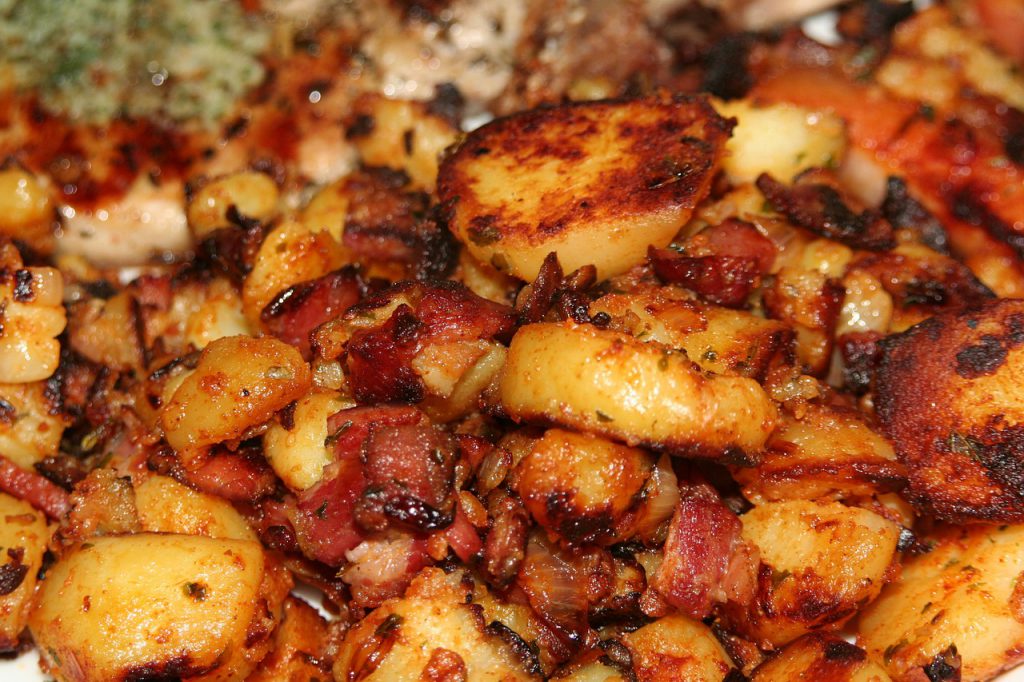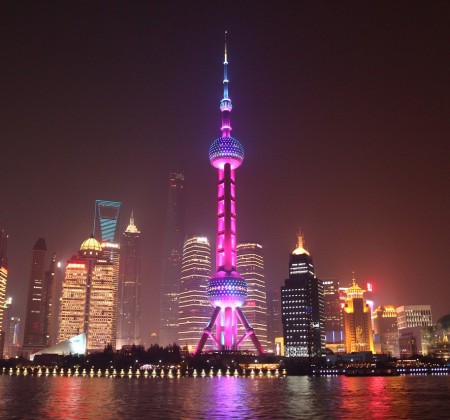Why Is There Stir-Frying in Traditional Chinese Cooking, but Not in Korean and Japanese Traditional Cooking?
Stir-frying is an indispensable way of cooking in Chinese cooking, and it is also the longest cooking method used by Chinese people in daily life. It is simple and efficient, and almost most Chinese food ingredients can meet the cooking requirements of stir-frying. In fact, because of the various advantages of stir-frying, stir-frying has become the longest dish eaten by Chinese people.
The cooking method of stir-frying is simple, but there is an indispensable condition, that is, fat. The high-temperature iron pot heats the fat and passes it to the food in the pot, so as not to burn the ingredients, and then make the food delicious through the effect of seasoning.
In the history of Chinese cooking, since bronze wares were used in cooking, cooking has gradually become popular, due to the good thermal conductivity of metal, which can save fuel while cooking efficiently and quickly, which is more conducive to grease cooking.
Traditional Korean cooking and Japanese cooking carry a large number of Chinese cooking, including eating habits, eating patterns and so on, such as Korean cold noodles, Japanese ramen, Korean string pots, kimchi, rice, bowls, chopsticks, dishes and so on. But there is a very strange phenomenon, they have always been to transport Chinese culture, but they did not copy Chinese cooking, this is why? Why is there no Stir-Frying in traditional Korean and Japanese cooking?
Japan is a country surrounded by the sea on all sides, rich in fishery resources but not rich in land resources, and the land area that can be effectively cultivated has been planted with a large number of staple crops, such as rice, corn, and so on. so like single edible crops that can produce plant oil, such as rapeseed, become a waste of land. (rapeseed is not a crop with convenient cooking, high nutritional value and high yield like corn and rice.).
So vegetable oil has become a scarce and valuable resource, and stir-frying is a very fat-consuming way of cooking, cooking with oil will not be popular in early Japanese cooking.
In fact, the scarcity of fat is also one of the main reasons why stir-frying is not popular in traditional Korean cooking. Of course, the lack of food resources affects traditional Korean cooking not only in addition to cooking, kimgee is a very good example. Kimchi is a way of cooking, but more strictly, kimchi is also a way to store food, allowing plant resources available on effective land to be stored for longer without decay and spoiling. so that early Koreans had vegetables to eat in the cold winter.
So why there is no stir-frying in traditional Korean cooking and Japanese cooking is also something we cannot solve. The lack of resources and the lack of available land has become a fatal deficiency. This is not the same as why Westerners do not eat bamboo shoots. Early Europeans did not eat bamboo shoots because their climate was not suitable for bamboo growth.
But what is interesting is that some Koreans are answering why there is a serious ethnic color in the reason why cooking is not popular in South Korea. Some Koreans say: Korean food pays attention to the element of longevity, and stir-frying has lost nutrients for us. Vegetables become other useless ingredients in oil and wok, and the best vegetables are not fried. In South Korea, we are popular to use vegetables to make kimchi, no high temperature, no oil, to keep vegetables from losing nutrients.
When Did the History of Chinese Stir-Frying Begin?
The earliest origin of Chinese Stir-Frying is not clearly recorded, but it flourished in the Song Dynasty.
In ancient times, agricultural production was low, people were poor, and they could not afford to buy cooking oil, and the limited land also needed to solve the food problem first. In the Song Dynasty, agricultural science and technology reached its peak, and the output of food crops increased, so part of the cultivated land could be used to grow oil crops and vegetables, and farmers could have feed to raise more livestock. After solving the problem of cooking oil, Stir-Frying began to be popularized; during the Song Dynasty, the country was rich, the industry was fully developed, and the output of iron and steel increased, so that there were a large number of iron pots in the society.
Why Do Chinese People Love Stir-Frying so Much?
In the law of eating, flavor is more important than anything else.
The Chinese have never tied themselves to a boring food list. With an understanding of food, people are constantly trying to seek inspiration for transformation.
The origin of cooking is closely related to the popularity of metal cooking utensils. Bronze cooking utensils were unearthed in China during the Bronze Age, but it was obviously impossible to be popularized because of their price. The invention of cast iron unique to China popularized agricultural tools in the warring States period, and then gradually expanded to cooking utensils. In the theory of salt and iron in the Western Han Dynasty, there have been records of selling leeks and eggs in inns.
Of all the recipes available in China, 4 / 5 are Stir-Frying. This is very rare in other countries, even in Japan, South Korea and North Korea, which have Chinese culture. In English, there is not even an exact word for stir-frying. French people who are good at cooking only have a similar way of stir-frying, not stir-frying.
However, before the Ming and Qing dynasties, cooking was not the mainstream of Chinese cuisine, and the earliest cooking records came from “Qi Min Yao Shu” in the Southern and Northern dynasties. There is also a very famous recipe-scrambled eggs! Except for kitchen utensils, the practice is no different from what it is now. It was not until the Ming Dynasty that stir-frying became popular. To the Qing Dynasty, cooking began to become refined, there are now familiar with stir-frying, cooked stir-frying, as well as stir-frying in stewed vegetables. Scholars believe that this is due to the massive population growth in the Ming and Qing dynasties, which made people look for everything they can eat. At that time, it was identified that there were more than 600 kinds of vegetables to eat, which is said to be more than six times that of each other.
Chinese people’s feelings for food are mostly homesickness, nostalgia and nostalgia for childhood.
Chinese people love cooking so much, not only because it is delicious, but also because they prefer to enjoy the process of cooking, full of traditional flavor and family feelings. The whole family can participate in the process of washing and cutting vegetables. Everyone’s memory will be about the taste of the mother of the cooking bar, which also includes the mother’s strong love for the family.










